Contents
Cut through the greenwashing.
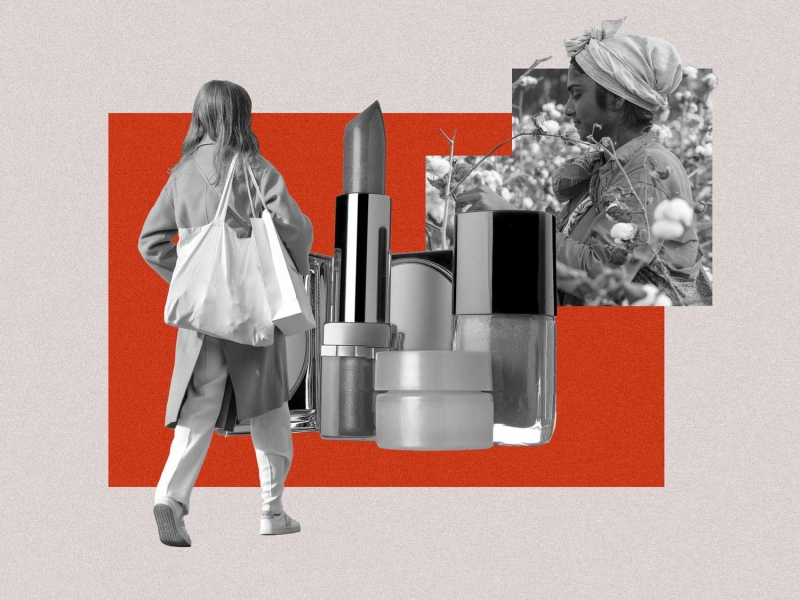
It’s not just you, the fashion and beauty industries are a minefield of greenwashing these days, and determining which brands are actually environmentally- and socially-minded is a bewildering puzzle. The marketing spin used to make you think a product is eco-friendly has become a common tactic for companies with not-so-good intentions to confuse customers committed to buying fashion and beauty products that align with their values—which, increasingly, many shoppers are.
As part of a survey conducted by InStyle, we set out to learn more about the issues that matter to you, our readers, as shoppers. We found that 82 percent of women spend money based on their values at least some of the time and two in five do so often or every time. Labor practices and climate impact ranked as the top issues considered when making the decision to buy or not. The beauty department is where this matters most. One in three women seek out beauty products in line with their values (or avoid ones that aren’t), and 28 percent report the same for fashion. While generationally, much has been said about Gen Z’s commitment to shopping their morals, our study found that millennials are equally as interested in making informed and thoughtful purchases.
To help you sift through the noise and find the brands that align with your beliefs as a shopper, we’ve outlined the factors worth keeping in mind.
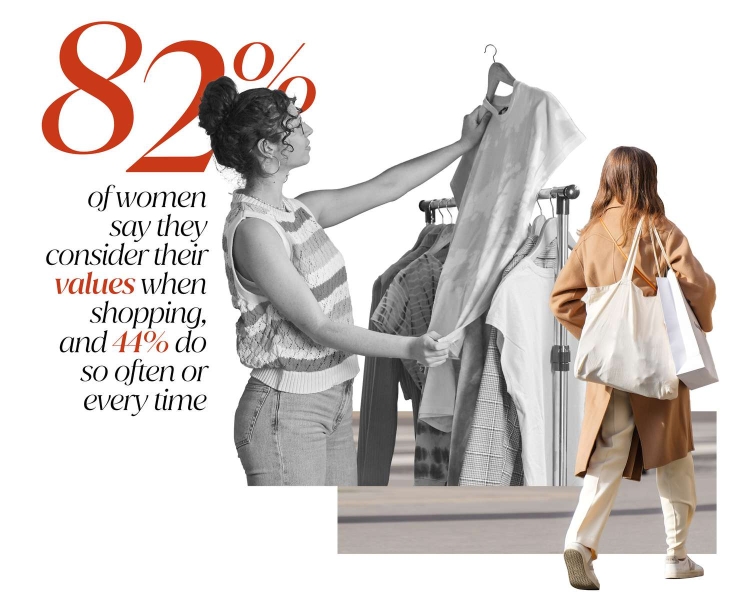
Transparency
When you’re trying to decide if a brand’s claims are legit or not, pay close attention to the language they use, and how specific the information is that they give you. Words like “eco-friendly” or “sustainable” are not inherently bad, but if a brand is using them, how are they backing that up with evidence? And, is the evidence certified or confirmed by outside sources? Brands that share detailed information about where materials are sourced or the factories where their clothing is produced, for example, make it possible for consumers to further research or validate any certifications or guidelines listed on their website.
It’s an imperfect method—brands could mention a few factories when they work with many—and that’s part of what can make shopping ethically so difficult. Fashion Revolution’s Fashion Transparency Index or Environmental Working Group’s Skin Deep verification can be helpful places to start your research.
From The Farm to the Factory
Where ingredients or materials come from is a first, crucial step in the production process. Look to brands that are able to discuss the components included. Are they organic? Sustainably sourced? Regenerative? Does harvesting harm the local community? Are workers compensated fairly and treated well? Are animals treated humanely? These are all critical questions to examine. To be a truly sustainable brand, a company must consider the environmental, social, and economic impacts of its actions.
While companies may note on their packaging that a product is “ethically sourced,” the phrasing doesn’t mean anything without more specific information. If a brand is spending the time and resources to ethically source their products, it is likely that they will also be transparent about exactly how and why. New Zealand designer Maggie Marilyn is an example: The brand clearly outlines information about its fabrics, packaging, and more on the website.
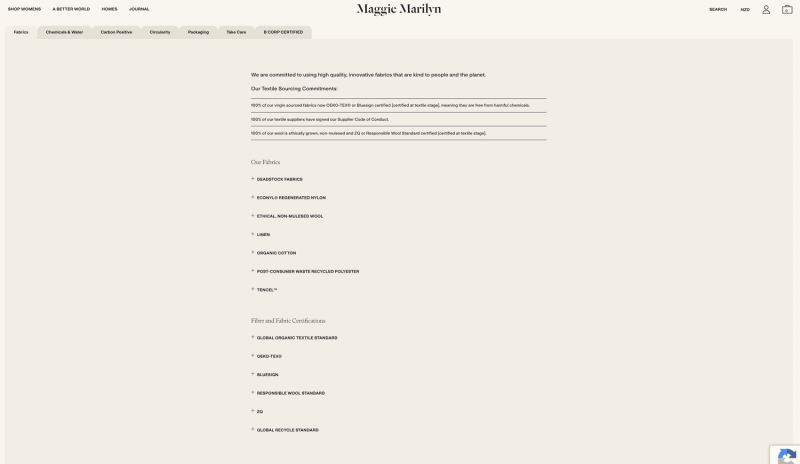
A Fairtrade certification is considered one of the most reliable measures of ethical production. For clothing, Bluesign works independently with brands, manufacturers, and chemical suppliers to monitor the environmental and social impacts of textile manufacturing. There are many other potential certifications, like WRAP compliance (ethical manufacturing), GOTS certification (organic textiles), and Leaping Bunny (animal friendly), that address various issues within the supply chain and represent steps in the right direction. Still, even if a company has received certifications, research is important, as these institutions have been scrutinized by global experts who note shortcomings.
It’s worth noting that for many small brands, the cost of a certification or independent analysis may be too expensive (fees vary, but can be in the thousands of dollars monthly), and so they may adhere to these standards without the official stamp; check their website or emailing or DM their customer service for more info.
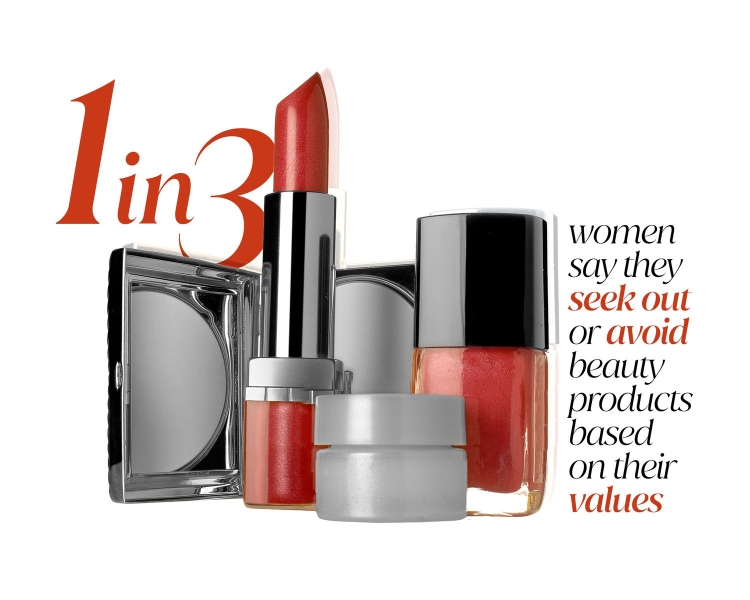
Transportation & Packaging
Any time raw materials or ingredients move to the next step in the production process, there’s a chance that they’re criss-crossing the globe, leaving a larger carbon footprint than you might realize. Shop local when possible, and look for brands that make their products close to where they source materials, or promote the ways they are minimizing their carbon footprint.
Packaging is another important point of waste to consider, whether that be the vessels used to house beauty products, or the amount of single-use plastic utilized when shipping a new item to a purchaser. According to a 2022 study, 40 percent of plastic waste comes from packaging, and only 9 percent of plastic waste is recycled. Look for brands that use recycled materials, or house products in a way that allows a container to be either composted or repurposed. For example, beauty brand Uni encases their products in recycled aluminum that you can recycle again at home, or mail back to the brand to be reused.
Life of a product
One of the most important things a consumer can do to reduce their environmental and social impact is simply buy less. Opting for secondhand purchases, or generally seeking out items that you’ll own for a significant amount of time, goes a long way in reducing waste overall.
If you’re making a new purchase, a more expensive product is not an automatic guarantee of better quality, but high quality products will not be cheap. Look for natural materials like wool, silk, or cotton which tend to be more breathable and durable than synthetic fabrics. Also, fabrics should be woven tight. A good way to check this is to rub a fabric between your thumb and forefinger; your thumb should slide over it, and you shouldn't feel the yarns move or stretch under your fingers. Also, have an eye for details: Look for seams that are not crooked, button holes that are reinforced, and that patterns match across the seams.
Buying items second hand can also be a way to participate in the market with less environmental impact. Companies like Patagonia sell used clothing via their Worn Wear program and also offer repairs so you can continue to use their products long term. If it’s possible to upcycle or recycle beauty product containers, that can be another way, post-purchase, to be environmentally-friendly. Increasingly, brands are also discussing circularity—ways to upcycle their products or reuse materials to prevent them from being wasted. On Running’s Cyclon is a shoe subscription service in which you send in your old sneakers to be broken down and reused, and another pair is sent your way.
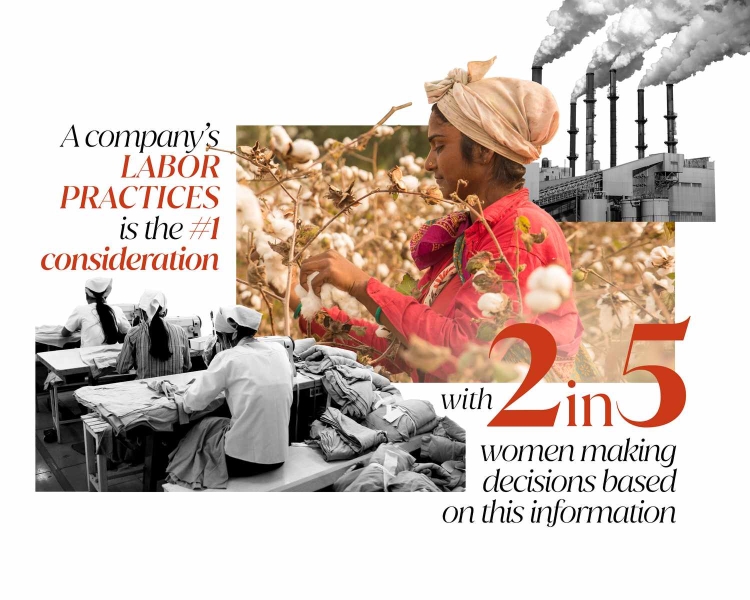
Online Influence
Luckily, the internet provides a wealth of information to help you make informed purchasing decisions. That said, the amount can also be overwhelming—there’s more out there than one could ever wade through, and info can be contradictory or misleading.
If you’re interested in assessing harmful chemicals in beauty products, an app called Yuka helps identify ingredients. The Good On You app helps identify fashion brands’ certifications and sustainable practices, giving them ratings that you can compare and contrast. On social media, follow journalists, organizations, and even brands that provide you with more intel. A few favorites include @consiouschatter, @cleanclothescampaign,and @atmos, though there are many more.
While it’s unfortunate that purposefully vague wording and greenwashing make it necessary to conduct extensive research before making a purchase, if there is a communal demand for increased transparency and regulation, change will come, even if slowly. In the meantime, learning to spot the signs of greenwashing can help you to identify brands that fall short more easily—and feel safe in the knowledge that your shopping habits and your beliefs coincide.
InStyle surveyed 2,004 women or nonbinary eligible voters ages 18-55 from January 24-31, 2024. The survey was fielded online via a self-administered questionnaire to an opt-in panel of respondents from a market research vendor. Quotas were implemented in sampling using benchmarks from American Community Survey (ACS) from the U.S. Census Bureau for region, age, race/ethnicity, household income, and NORC’s General Social Survey and Pew Research Center for political leaning by generation.

